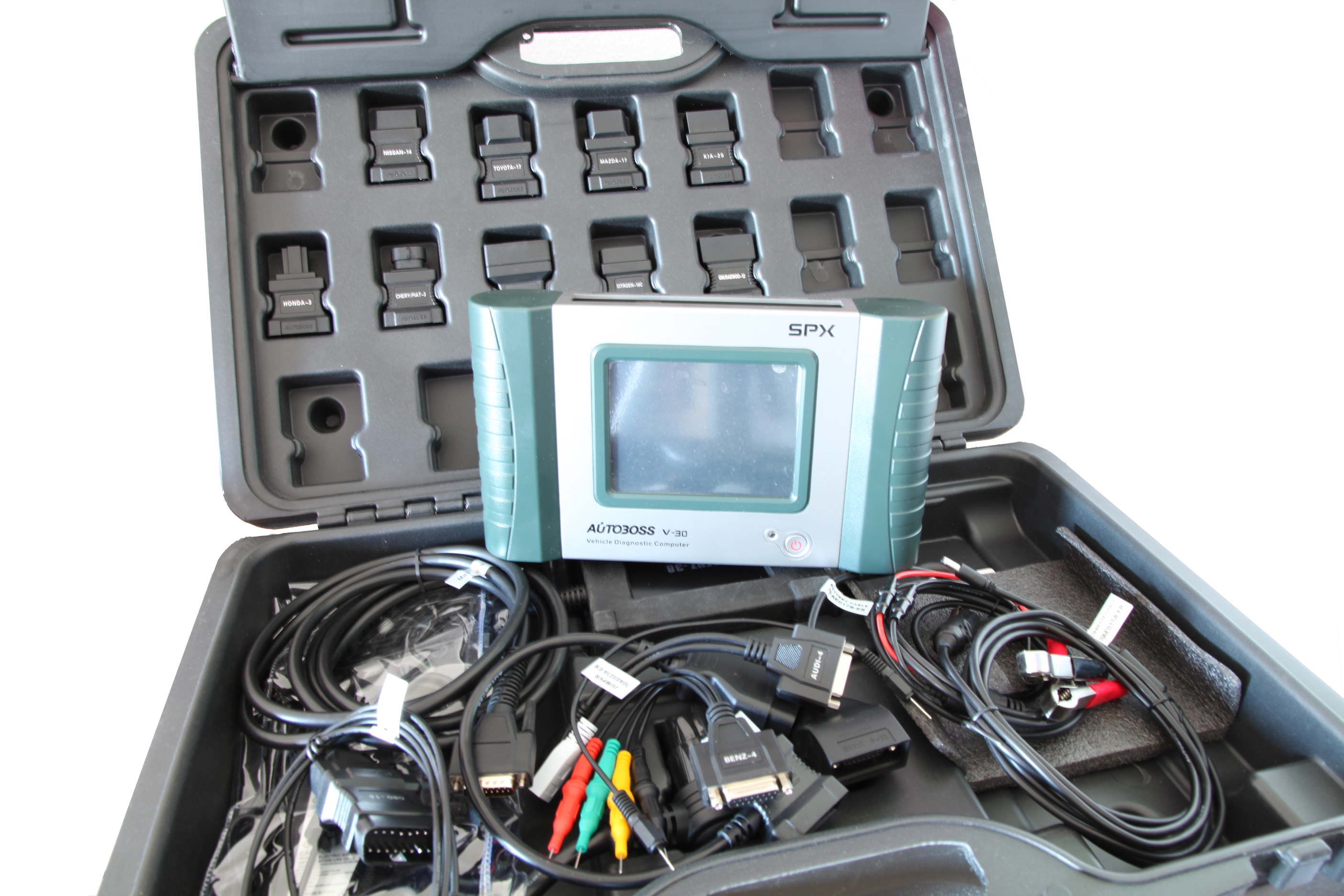Just like we need to regularly visit our physician to keep fit, the same goes for your car! Thanks to regular diagnostic tests, you can detect several problems in your vehicle! Problems that could lead you to expensive repairs or, even worse, leave you stranded on a scary road after a breakdown! While many might think diagnostic tests are only needed when the check engine light comes on, there’s a whole lot of perks to adopting this proactive approach to upkeep your vehicle! Let’s check out why!
But First, What is a Car Diagnostic Test?

Among all the technological advances made in the automotive sector in recent decades, one of the most beneficial for consumers and automotive technicians has been the computerization of automotive components. Through specialized software, automotive diagnostics tools can quickly and accurately target problem areas in a car or elsewhere engine, thanks to integrated processors, microchips, and sensors.
What Are the Areas of the Car That Can Be Tested?

Diagnostic tests can reveal problems with the engine, transmission, exhaust system, brakes, other vital components of a car, fuel injector performance, air, coolant flow, ignition coils, and throttle valves. However, a common misconception about automotive diagnostic testing is that technicians can use code reading equipment to identify the exact problem that caused the engine tell-tale to trip. These codes indicate parameters in the engine or components that are out of range but do not specify the problem’s cause. Here’s where the good old human brain helps since the skilled technicians will use their experience and knowledge to troubleshoot the root cause.
The Diagnosis Machine Will Save You Money

With a car diagnostic machine, it can be known in a matter of seconds if any vehicle function controlled by one of these control units is not being carried out correctly. Thus, you can immediately detect problems such as a non-serious engine failure or orange light thanks to these devices. These issues may result from a broken lambda probe or an airbag that has exploded due to an accident (that’s undoubtedly an essential thing if you are going to buy a used car). Of course, a timely car diagnosis can save you significant scares when the engine control unit is damaged or the oil pump is broken. Also, this is a relatively cheap operation that is not associated with maintenance periods, nor does it affect the vehicle’s warranty.
How Frequent Should a Car Undergo Diagnostic Testing?
Don’t wait for the engine control light to turn on to conduct a self-diagnostic test. If you hear or sense something “weird,” the service technician can use the diagnostic test to detect the problem. However, many mechanics recommend that the car undergo a diagnostic test at least once a year, revealing minor issues that you cannot see or hear (and that does not illuminate the engine warning light). Diagnostic tests are also a useful tool when checking a used car. Both individuals and car dealerships must accept the diagnostic test before making a purchase, and if they don’t, it’s a sign that they should resign.
How Long Does It Take?
The average diagnostic test can take between an hour and an hour and a half. However, more complex cases may take up to 2-3 hours – depending on the problem’s severity or the underlying issues or items that need to be removed to access the test.
Where To Get a Car Diagnostic Test?

Is your dashboard light acting weird? A diagnostic can be done through your favorite automotive service center, such as Center State Auto. Combining a total of 22 years of industry experience, they’ll effectively fix your vehicle and get it back on the road again. Their team of well-trained mechanics is highly efficient in suspension work, oil changes, tire changes, belt inspections and provides towing services 24 hours a day, 7 days a week.



